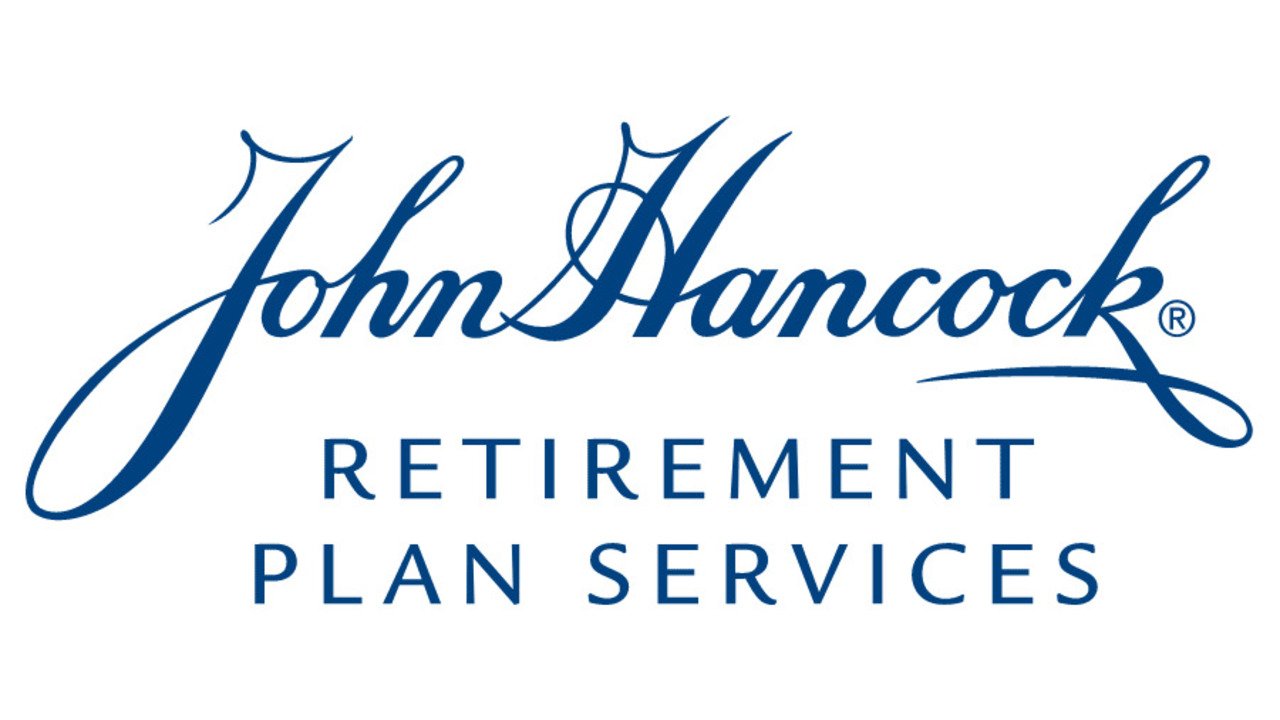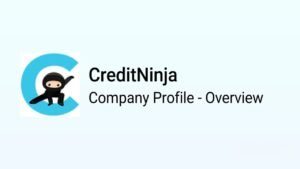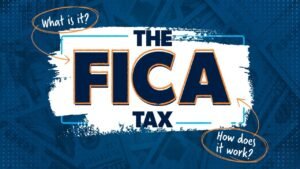John Hancock 401k Plans | Retirement Savings Made Easy.
Thinking about your retirement savings can feel like a lot, especially when it comes to managing your John Hancock 401k. It’s your money, after all, and you want to make sure it’s working for you. This guide is here to break down the basics of your John Hancock 401k plan, from how to get started to making smart choices with your investments and understanding how to access your funds when the time comes. We’ll cover the important stuff so you can feel more confident about your future.
Thank you for reading this post, don't forget to subscribe!Key Takeaways
- Understand what your John Hancock 401k plan is and how to enroll.
- Learn about the different investment choices available within your John Hancock 401k and how to pick them.
- Know your options for taking money out of your John Hancock 401k, including loans and rollovers.
- Find out how to get the most from your John Hancock 401k with employer matches and tax benefits.
- Get familiar with reading your John Hancock 401k statements and using the online tools provided.
Understanding Your John Hancock 401k Basics
What is a John Hancock 401k Plan?
A John Hancock 401k plan is a retirement savings account offered by many employers, with John Hancock serving as the administrator. It lets you set aside a portion of your paycheck before taxes are taken out, which can lower your current taxable income. The money grows over time, and you generally don’t pay taxes on it until you withdraw it in retirement. It’s a popular way to save for the future, and John Hancock is one of the companies that helps manage these accounts for businesses and their employees. Think of it as a special savings pot for your later years, often with some employer help to get it going.
Key Features of John Hancock Retirement Accounts
John Hancock retirement accounts come with a few standard features that are pretty common across most 401k plans, but they also have their own way of doing things. You’ll typically find a range of investment choices, from safer, low-return options to potentially higher-growth, riskier ones. Many plans include an employer match, which is basically free money added to your account based on how much you contribute. You can usually check your account balance and make changes online through their website or an app. It’s good to know what these features are so you can make the most of your savings. The SECURE 2.0 Act has also brought changes to simplify retirement savings for workers, making it more accessible to save and access funds for their future.
Eligibility and Enrollment for Your 401k
So, who gets to join the 401k party? It really depends on your employer’s specific plan rules. Generally, you need to be employed by the company for a certain period, maybe 3 months or even a year, before you can start contributing. Sometimes there’s an age requirement too, like being 21. Once you’re eligible, your employer will usually send you information on how to sign up. This often involves filling out some paperwork or going online to make your choices, like how much of your salary you want to contribute and which investments you prefer. Don’t miss the enrollment window; it’s your main chance to get started with saving for retirement through your job.
- Check your employee handbook or HR department for specific eligibility rules.
- Understand the waiting period before you can enroll.
- Be ready to make contribution and investment elections during enrollment.
Managing Your John Hancock 401k Investments

So, you’ve got your John Hancock 401k set up, which is great. But now comes the part where you actually decide where your money goes. It can feel a bit overwhelming, right? Don’t worry, it’s not as complicated as it sounds. The key is to pick investments that fit your goals and how much risk you’re comfortable with.
Exploring Investment Options within John Hancock
John Hancock usually offers a pretty wide range of investment choices. You’ll typically find things like:
- Mutual Funds: These pool money from many investors to buy a basket of stocks, bonds, or other securities. They’re a popular choice because they offer diversification.
- Target-Date Funds: These are designed to become more conservative as you get closer to retirement. You pick a fund based on your expected retirement year, and the managers handle the adjustments.
- Company Stock: If your employer offers its own stock as an investment option, you might consider it, but it’s good to be aware of the risks of having too much of your retirement tied up in one company.
- Index Funds: These funds aim to match the performance of a specific market index, like the S&P 500. They often have lower fees.
It’s a good idea to check out the specific fund details, like their past performance and the fees they charge. You can usually find this information on the John Hancock website or in the plan documents. Understanding these options is a big step in managing your retirement savings effectively. You can find more details on investment strategies at the John Hancock resource center.
Asset Allocation Strategies for Your 401k
Asset allocation is basically how you divide your money among different types of investments, like stocks, bonds, and cash. The idea is that different asset classes perform differently under various market conditions. A well-thought-out asset allocation can help manage risk while aiming for growth.
Here’s a simple way to think about it:
- Younger investors with a long time until retirement might lean more towards stocks, which have historically offered higher returns but also come with more ups and downs.
- As you get closer to retirement, you might shift more of your money into bonds or other less volatile investments to protect what you’ve saved.
- Your personal comfort level with risk is also a huge factor. Some people sleep better knowing their money is in safer, lower-return options, while others are okay with more risk for potentially bigger rewards.
There’s no single right answer, and what works for your neighbor might not work for you. It’s about finding a balance that feels right for your situation.
Rebalancing Your John Hancock Portfolio
Over time, your investment mix can get out of whack. Maybe stocks did really well, and now they make up a bigger percentage of your portfolio than you originally planned. That’s where rebalancing comes in.
Rebalancing means selling some of the investments that have grown a lot and buying more of the ones that have lagged. It helps you stick to your target asset allocation. Think of it like trimming a hedge to keep its shape.
You don’t need to rebalance every week or even every month. Many people find it works well to do it once a year, or perhaps when your allocation drifts by a certain percentage, like 5% or 10%.
Rebalancing helps you avoid taking on too much risk unintentionally and keeps your portfolio aligned with your long-term retirement goals. It’s a simple but effective way to manage your investments without constant tinkering.
Accessing and Utilizing Your John Hancock 401k Funds
So, you’ve been putting money into your John Hancock 401k, which is great. But what happens when you actually need to get at that money? It’s not like you can just walk into a bank and ask for it. There are specific ways John Hancock lets you access your retirement savings, and it’s important to know the rules. Understanding these options before you need them can save you a lot of headaches.
Withdrawal Options from Your 401k
When you leave your job, you have a few choices for what to do with your 401k. You can leave it with John Hancock, roll it over to another retirement account, cash it out, or, if your plan allows, take a loan. Cashing out usually isn’t the best idea because you’ll pay taxes and a penalty if you’re under 59½. It’s generally better to keep your money growing for retirement.
Here are the main ways to get money out:
- Leaving it: If you like your John Hancock account and your new employer doesn’t offer a 401k, you can just leave the money there. It keeps growing tax-deferred.
- Rolling over: You can move the money to an IRA or your new employer’s 401k. This is a popular choice because it lets you consolidate your accounts and often gives you more investment choices.
- Taking a distribution: This means cashing out. Be careful, though. You’ll owe income tax on the amount, and if you’re under 59½, there’s usually a 10% early withdrawal penalty.
Understanding Loans Against Your John Hancock 401k
Some John Hancock plans let you borrow from your 401k. This can seem like a good idea if you need cash fast, but it’s not free money. You have to pay it back with interest, and if you don’t pay it back, it’s treated like an early withdrawal with taxes and penalties. Plus, the money you borrow isn’t earning investment returns while it’s out of your account.
Generally, you can borrow up to 50% of your vested balance, or $50,000, whichever is less. Loans usually have to be repaid within five years, though you might get longer if you’re buying a primary home.
Rollover Options for Your Retirement Savings
Rolling over your 401k is a big decision. It’s a way to keep your retirement savings working for you without interruption. The most common places to roll over are:
- Traditional IRA: This is a straightforward option. You can move your money into an IRA at a brokerage firm or bank of your choice. This often gives you a wider range of investment options than a 401k.
- Roth IRA: If you think you’ll be in a higher tax bracket in retirement, converting your pre-tax 401k money to a Roth IRA might be beneficial. Just remember, you’ll pay income tax on the amount you convert in the year you do it.
- New Employer’s 401k: If your new job offers a 401k, you can usually roll your old John Hancock balance into it. This keeps all your retirement money in one place.
When you initiate a rollover, you’ll typically have two methods: a direct rollover or an indirect rollover. With a direct rollover, John Hancock sends the money straight to your new account. With an indirect rollover, John Hancock sends you a check, and you have 60 days to deposit it into a new retirement account. It’s usually best to go with the direct rollover to avoid any accidental tax issues.
It’s always a good idea to talk to a financial advisor before making big decisions about your retirement funds. They can help you figure out the best path based on your personal situation.
Maximizing Your John Hancock 401k Benefits
So, you’ve got a John Hancock 401k. That’s great! But are you really getting the most out of it? It’s not just about putting money in; it’s about making that money work harder for you. Let’s talk about how to really boost your retirement savings.
Employer Match Contributions Explained
This is probably the easiest money you’ll ever get. Your employer might match a portion of what you contribute. Think of it as a bonus for saving. For example, they might give you 50 cents for every dollar you put in, up to 6% of your salary. Don’t leave this free money on the table! Make sure you contribute at least enough to get the full match. It’s a guaranteed return on your investment, and who doesn’t love that?
Here’s a simple way to look at it:
- Your Contribution: $100
- Employer Match (e.g., 50%): $50
- Total Added to Your Account: $150
It really adds up over time.
Catch-Up Contributions for Older Participants
Getting older means retirement might be closer than you think. If you’re 50 or over, the IRS lets you contribute extra money to your 401k each year. These are called catch-up contributions. It’s a fantastic way to make up for lost time or just supercharge your savings as you approach retirement age. Check the current IRS limits for catch-up contributions; they change periodically.
Tax Advantages of Your John Hancock 401k
Your 401k offers some serious tax benefits. With a traditional 401k, the money you contribute is usually taken out before taxes are calculated. This means your taxable income for the year goes down, potentially saving you money on your tax bill right now. Then, your investments grow tax-deferred, meaning you don’t pay taxes on the earnings each year. You only pay taxes when you withdraw the money in retirement, when you might be in a lower tax bracket.
Roth 401k contributions, if your plan offers them, are made with after-tax dollars. The big perk here is that qualified withdrawals in retirement are completely tax-free. It’s a trade-off: pay taxes now or pay taxes later. Consider which makes more sense for your financial situation.
Making the most of these benefits can significantly impact how much you have saved when you finally decide to hang up your work hat.
Navigating John Hancock 401k Statements and Tools

So, you’ve got your John Hancock 401k set up, which is great. But what do you do with all the paperwork and online stuff they send you? It can feel like a lot at first, but it’s really not that complicated once you break it down. Understanding your statements and knowing how to use the available tools is key to keeping your retirement savings on track.
Reading Your John Hancock 401k Statements
Your 401k statement is basically a snapshot of your account’s health. It shows you how much money you’ve put in, how much your employer has contributed, and how your investments are doing. You’ll typically get these quarterly. Look for these key pieces of information:
- Account Balance: This is the total amount in your account on a specific date.
- Contributions: This section breaks down your contributions and your employer’s matching contributions.
- Investment Performance: You’ll see how each of your investments performed, usually with percentages showing gains or losses.
- Fees: It’s important to see any fees associated with managing your account or investments.
It might seem like a lot of numbers, but just focus on the main figures first. Over time, you’ll get a feel for what everything means. If you’re curious about different investment approaches, John Hancock’s blog has some good articles on various strategies like stable value funds.
Utilizing Online Tools and Resources
John Hancock provides online tools to make managing your 401k easier. You can usually log in to their website or a dedicated portal to see your account in real-time, not just on your statement. These platforms often let you:
- Change your contribution amount.
- Adjust how your money is invested across different funds.
- Model different retirement scenarios.
- Access educational materials about retirement planning.
Take some time to explore the website. It’s designed to help you make informed decisions about your money. They often have calculators and planning tools that can be pretty helpful.
Contacting John Hancock for Support
Sometimes, you just need to talk to someone. John Hancock has customer support available to help with any questions you might have about your account, statements, or the online tools. Don’t hesitate to reach out if you’re feeling stuck or confused.
It’s better to ask a question and get clarity than to make a mistake because you were unsure. They are there to assist you with your retirement savings journey.
They usually have a phone number and sometimes even chat support available. You can typically find their contact information right on your statement or on their main website. Getting help is a normal part of managing your finances, so use the resources they provide.
Wrapping It Up
So, that’s the rundown on your John Hancock 401k. We’ve gone over the basics, looked at how to pick your investments, and talked about keeping an eye on things as you get closer to retirement. It might seem like a lot at first, but taking it step by step makes it manageable. Remember, your 401k is a big part of your future financial picture, so putting in a little effort now can really pay off down the road. Don’t be afraid to check your account regularly and make adjustments if your situation changes. You’ve got this.
Frequently Asked Questions
What exactly is a John Hancock 401k plan?
Think of a John Hancock 401k as a special savings account for your future job. Your company works with John Hancock to help you save money for when you stop working. You can put some of your paycheck into it, and often, your employer adds extra money too!
How do I sign up for my company’s 401k?
Usually, your employer will tell you when you can join the plan. There might be a waiting period after you start working. Once you’re eligible, you’ll get papers to fill out, deciding how much money to save from each paycheck.
What are the different ways I can invest my 401k money?
John Hancock offers a variety of investment choices, kind of like picking different kinds of snacks. You can choose from things like stocks (owning a tiny piece of companies), bonds (lending money), and special funds that mix different investments together. It’s good to pick ones that match how much risk you’re okay with.
Can I take money out of my 401k before I retire?
Generally, it’s best to leave the money in until you retire to let it grow. But, if you have a real need, you might be able to take some out, though there could be taxes and penalties. You can also sometimes borrow money from your 401k, like a loan, but you have to pay it back.
What’s this ’employer match’ I hear about?
An employer match is like free money for your 401k! If you put money in, your company might also put in some of their own money, often based on how much you contribute. It’s a fantastic way to boost your savings quickly.
How can I see how my 401k is doing?
John Hancock provides statements, which are like reports showing your savings and how your investments are performing. They also have online tools and websites where you can log in to check your account balance and make changes anytime.













